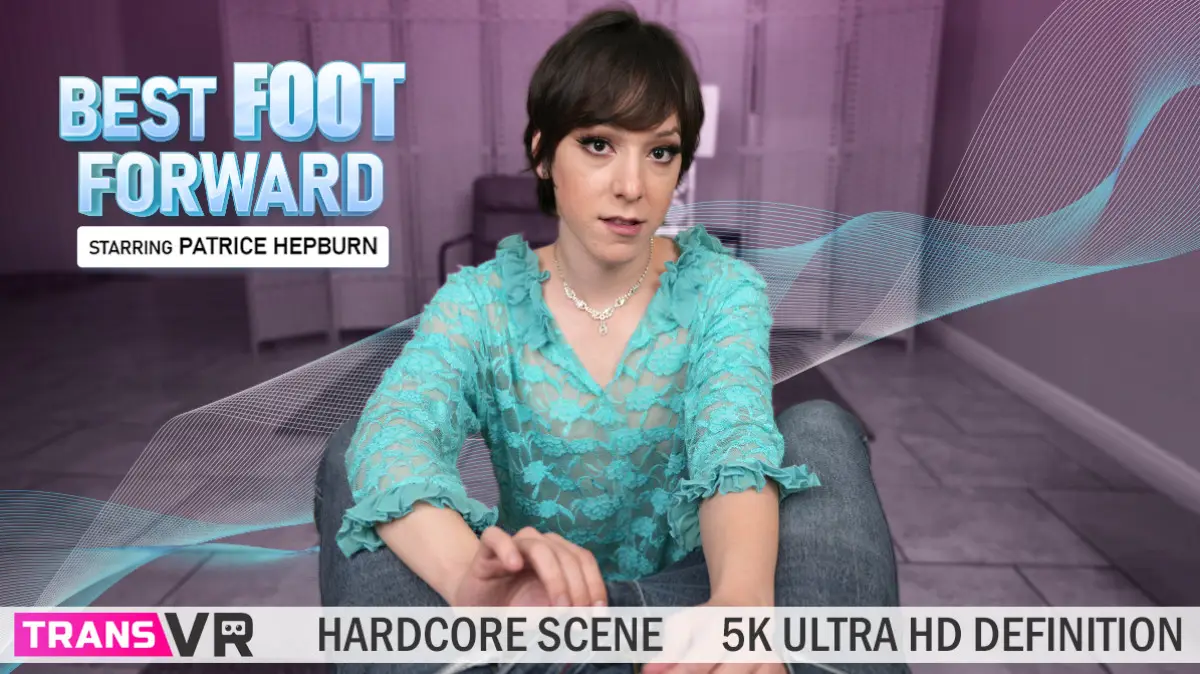Trans Spatial Audio (TSA) is revolutionizing the way we experience virtual reality (VR) by enhancing the auditory dimension to create a more immersive environment. As VR continues to evolve, TSA emerges as a cutting-edge category focused on delivering sound that transcends traditional spatial boundaries. This innovative audio technology allows users to perceive sound as if it were coming from any direction, not just in a 360-degree sphere but beyond, creating a truly seamless and enveloping experience.
The concept of TSA has been propelled forward by advancements in audio engineering and VR hardware. Companies like Dolby and Sony are at the forefront, integrating TSA into their latest VR systems. For instance, Dolby Atmos for Headphones, when paired with VR, offers a more realistic and dynamic soundscape. This technology can simulate sounds from above, below, and even behind the user, enhancing the sense of presence in virtual worlds.
Recent developments in TSA have also seen integration with gaming and entertainment platforms. In 2023, major VR games began incorporating TSA to provide gamers with a more engaging and lifelike experience. Titles like "Half-Life: Alyx" and "Beat Saber" have utilized TSA to enhance gameplay, making it more immersive and responsive to the player's movements.
Moreover, TSA is not limited to entertainment; it's also finding applications in education and training. By simulating realistic audio environments, TSA can be used to train professionals in fields like aviation and medicine, where spatial awareness is crucial. As TSA technology continues to mature, its potential to transform various industries is becoming increasingly apparent, promising a future where our auditory experiences in VR are as limitless as our imaginations.


